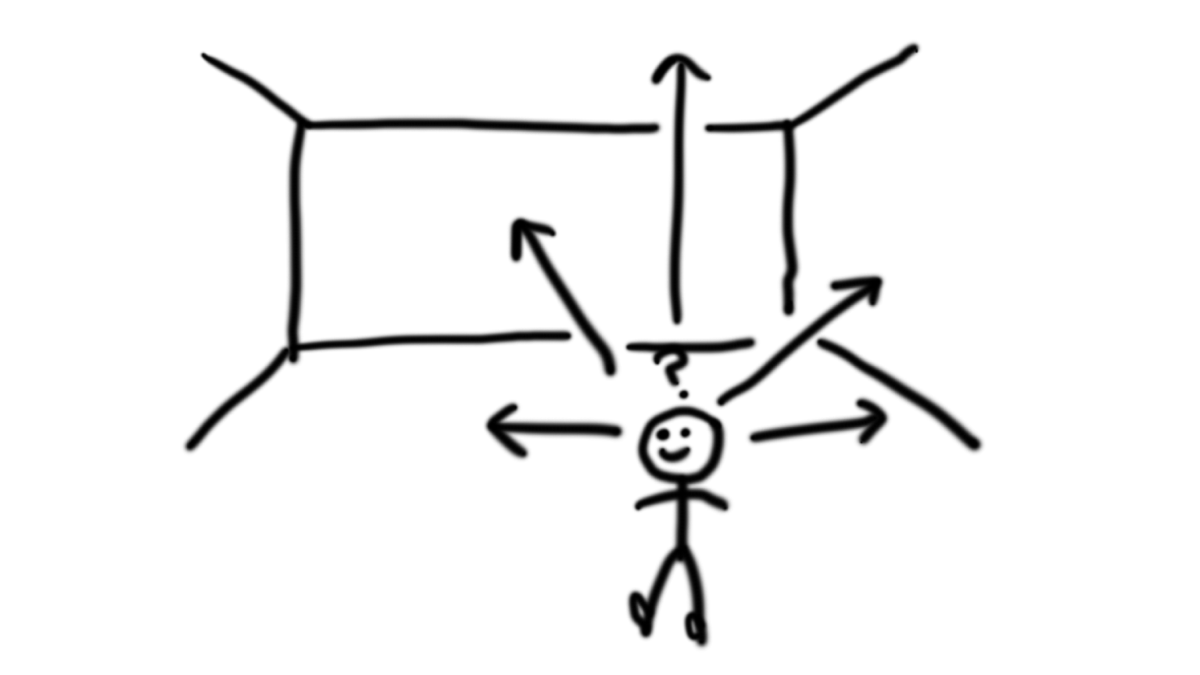Block Pattern: Regular
Dictionary
With the dictionary, know what is what.

116 results
View:
Dictionary
Filters
Sort by
116 results
Sort by
Sort
Filters
Filters
Filters
Clear All
